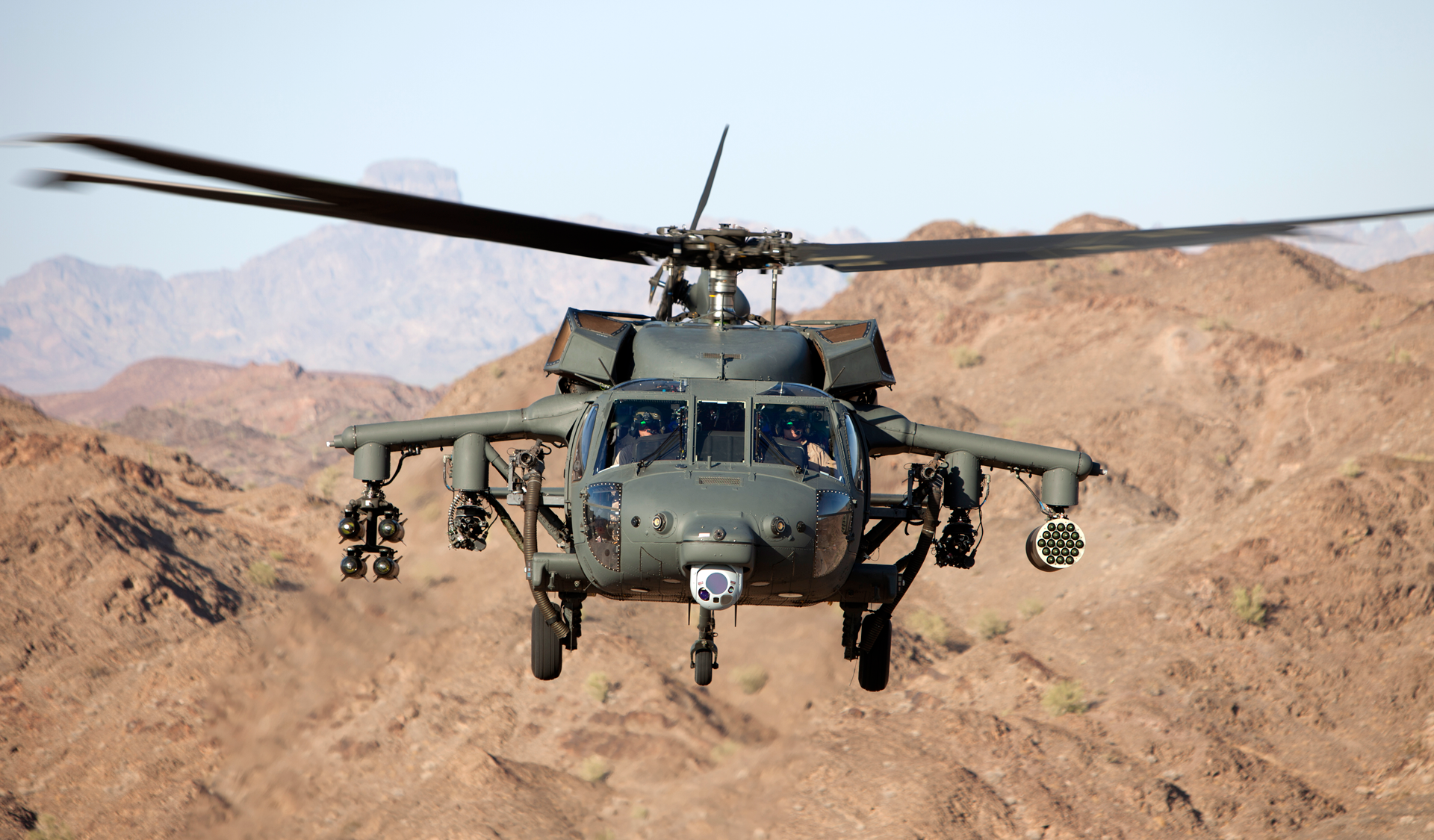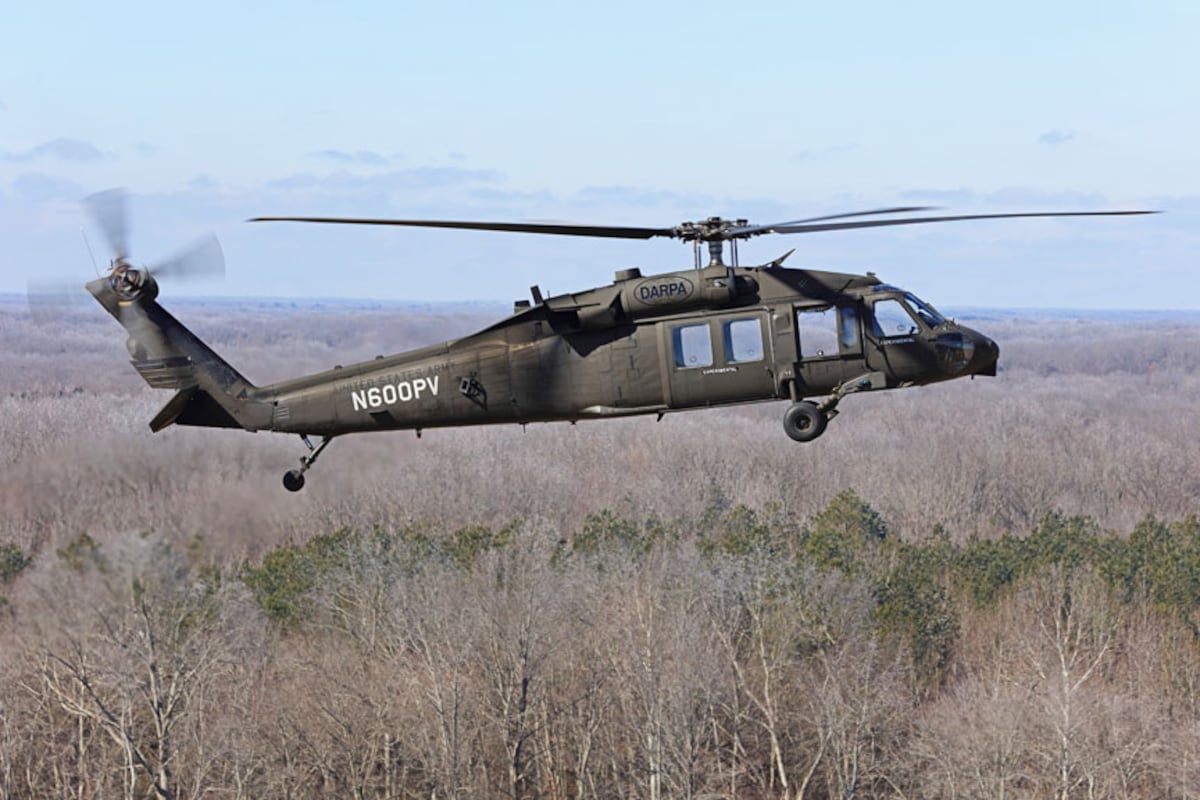Explore the Engineering Innovations Behind the Success of the Blackhawk Helicopter
Explore the Engineering Innovations Behind the Success of the Blackhawk Helicopter
Blog Article
Revealing the Power and Versatility of the Blackhawk Helicopter
The Blackhawk helicopter stands as a testimony to design excellence and military technology, significantly shaping the landscape of contemporary airborne procedures. Initially developed in the late 1960s, this dual-engine aircraft has progressed right into a multifaceted platform efficient in performing a series of goals, from tactical army releases to urgent medical evacuations. Its style incorporates advanced modern technology and materials, enhancing both performance and survivability. As we discover its background and functional abilities, one need to take into consideration exactly how the Blackhawk proceeds to affect modern combat techniques and humanitarian initiatives alike. What does this mean for the future of military aviation?
Background of the Blackhawk
The history of the Blackhawk helicopter is marked by considerable technological innovations and a critical advancement in military aeronautics. Developed in the late 1960s by Sikorsky Aircraft, the UH-60 Blackhawk was initially developed to change the older UH-1 Iroquois, typically known as the "Huey." The Blackhawk's first trip happened in 1974, and it was officially presented to the U.S. Military in 1979.


This aircraft was made to satisfy the demanding requirements of modern war, concentrating on speed, sturdiness, and convenience (Blackhawk Helicopter). Its capacity to operate in numerous settings, coupled with innovative avionics and style attributes, swiftly developed the Blackhawk as an important asset for army operations worldwide
Throughout the 1980s and 1990s, the Blackhawk saw considerable use in numerous conflicts, consisting of the Gulf War and altruistic goals. Today, the Blackhawk continues to be an iconic symbol of military air travel, continually improved to meet modern challenges.
Trick Functions and Requirements
Blackhawk helicopters are renowned for their design quality and operational convenience, flaunting a series of vital attributes and specifications that improve their performance in different military functions. One of one of the most significant features is their dual-engine arrangement, usually powered by the T700-GE-701C engines, which provide remarkable dependability and efficiency. The helicopter has a maximum cruise rate of around 150 knots and a service ceiling of roughly 20,000 feet, enabling it to run effectively in diverse atmospheres.
The Blackhawk's airframe is built from advanced composite materials and aluminum alloys, ensuring a robust structure while minimizing weight. It features a totally verbalized rotor system that provides premium dexterity and security. The helicopter can accommodate up to 11 fight troops or lug as much as 8,000 pounds of external freight, making it very adaptable for numerous goals.
Furthermore, the Blackhawk is equipped with advanced avionics and interaction systems, enhancing situational awareness and goal sychronisation. Its capacity to operate in adverse weather problems, integrated with its reduced acoustic trademark, makes it a sneaky choice for tactical procedures. Generally, these attributes add to the Blackhawk's credibility as a foundation of modern military air travel.
Versatile Operational Responsibilities
Popular for their engineering excellence and progressed abilities, Blackhawk helicopters offer a multitude of functional duties within military frameworks. Initially designed for troop transportation, their flexibility has actually expanded, permitting them to perform different missions efficiently.
Among the key roles of the Blackhawk is as an utility helicopter, facilitating logistical support by moving products and employees to and from remote locations. Furthermore, they excel in medical emptying (MEDEVAC) operations, geared up with innovative clinical tools and personnel to supply important care in the area.
In fight scenarios, Blackhawks can run as armed companion systems, supporting ground pressures by engaging opponent assets while guaranteeing troop safety and security. Their capability for unique operations makes them indispensable; they can conduct reconnaissance missions, employees recovery, and direct action raids, typically in high-threat settings.
Moreover, the Blackhawk's flexibility permits it to support altruistic goals and calamity feedback initiatives, providing help and important services in times of crisis. This broad range of operational roles shows the Blackhawk helicopter's unparalleled adaptability, reaffirming its status as a vital property in modern-day armed forces operations worldwide.
Technological Advancements
Various technological technologies add to the Blackhawk helicopter's phenomenal efficiency and flexibility in diverse functional environments. One of the most considerable innovations is its composite rotor blades, which boost lift and ability to move while decreasing weight and maintenance demands. The blades system uses advanced materials that reinforce durability and stand up to ecological destruction, ensuring reliable procedure in extreme problems.
Additionally, the Blackhawk is furnished with a cutting edge avionics suite that integrates advanced navigating and interaction systems - Blackhawk Helicopter. This includes GPS, radar, and multi-function screens that promote real-time situational understanding for pilots, adding to mission success under tough circumstances
Additionally, the helicopter's fly-by-wire control system permits precise handling and improved responsiveness, giving pilots with improved control during facility maneuvers. The consolidation of innovative engine technology, such as the T700-GE-701C engine, additional boosts efficiency, providing raised power outcome and fuel performance.
Finally, modular style concepts allow fast reconfiguration for different goals, from this source from army transportation to clinical evacuation, making the Blackhawk a versatile property in altruistic and army operations. These technical innovations collectively guarantee that the Blackhawk continues to be a powerful existence in the skies.
Effect On Modern War

Furnished with advanced avionics and communication systems, the Blackhawk allows smooth control amongst ground and air systems, ensuring timely and precise reaction to vibrant battle circumstances. Its convenience enables rapid deployment in diverse atmospheres, from urban setups to rugged terrains, reflecting the multifaceted nature of modern war.
Additionally, the Blackhawk's exceptional speed and agility help with quick insertion and removal of personnel, decreasing direct exposure to enemy fire. Its capacity to operate in hostile conditions, coupled with advanced protective procedures, improves survivability go to my blog and objective success rates.
As contemporary problems increasingly rely upon joint procedures and fast action, the Blackhawk helicopter stays at the leading edge of armed forces strategy, personifying the advancement of air wheelchair and the important duty of air power in attaining calculated goals. Its effect on modern warfare remains to redefine the capabilities of armed pressures around the world.

Conclusion
To conclude, the Blackhawk helicopter exhibits the junction of sophisticated design and operational versatility, strengthening its standing as a foundation of modern army aeronautics. Its historical importance, remarkable functions, and versatility throughout various mission profiles underscore its crucial role in modern warfare. As technical advancements remain to boost its capacities, the Blackhawk remains a vital asset for armed forces internationally, demonstrating exceptional efficiency in both combat and altruistic procedures.
The Blackhawk helicopter stands as a testament to engineering quality and armed forces advancement, substantially shaping the landscape of modern aerial procedures.The background of the Blackhawk helicopter is noted by considerable technological developments and a calculated development in armed forces aviation.Blackhawk helicopters are renowned for their engineering excellence and operational versatility, flaunting that site an array of crucial functions and specs that enhance their effectiveness in various army duties.Many technological developments contribute to the Blackhawk helicopter's remarkable performance and flexibility in diverse operational settings.In final thought, the Blackhawk helicopter exemplifies the intersection of innovative design and operational versatility, strengthening its standing as a keystone of contemporary military aeronautics.
Report this page